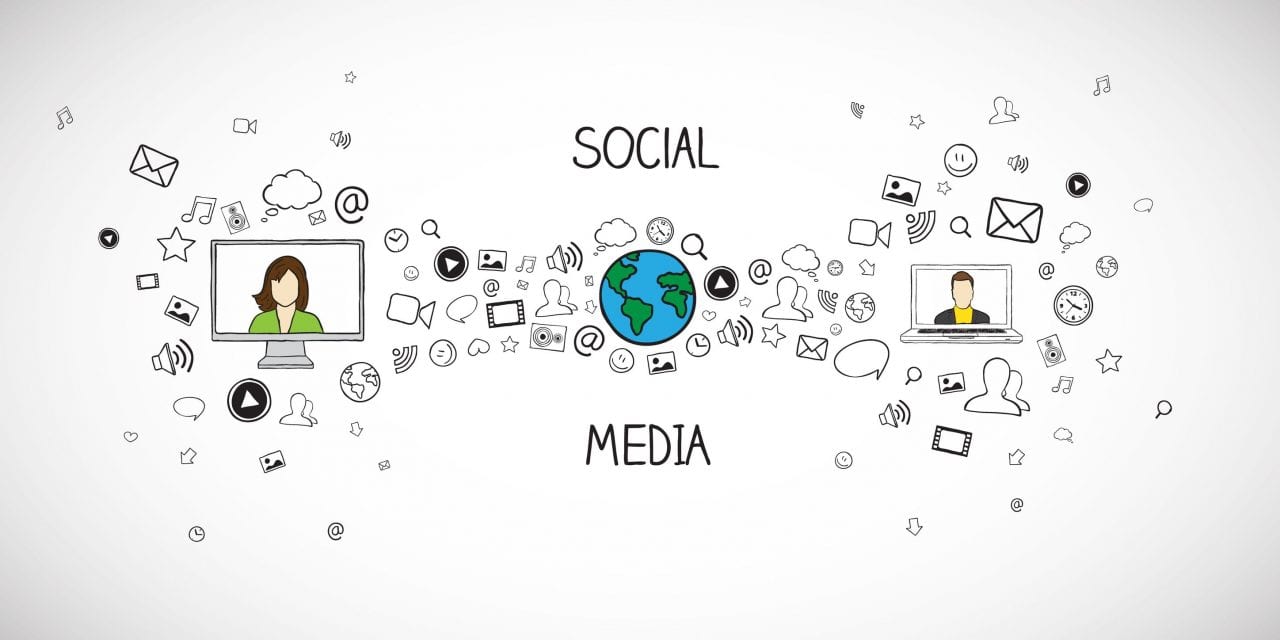The power of using social media for event promotion is limitless and yet it’s shocking how relatively little effort senior living community marketers put into it.
By Susan Saldibar
Back in the day marketing an event was a huge ordeal. We would start months in advance with calling campaigns, mailers, and all kinds of things to get advance publicity and drive traffic to our events. Now I’m talking about the days before we had social media (I know, I’m a dinosaur), so there were a whole lot of manual tasks to coordinate. Then there was the event itself, after which everyone went back to their corners to follow up on any leads they got at the event (never enough to justify the expense).
Then social media came along and became a real game changer. Suddenly you could access potential attendees online. You could build advanced interest and keep the momentum going after the event. And, you could track your outreach, test, and fine-tune your messaging instantly. Who wouldn’t do this?
I spoke recently with Debra Gawet, Social and Digital Content Strategist for Sage Age Strategies (a Senior Housing Forum partner). We talked about the power of using social media for event promotion and yet how relatively little effort senior living community marketers put into it. Nowhere near as much as planning the event itself. The result is often a less than stellar turnout. “We hear about the issue of low attendance all the time,” Debra tells me. “You work so hard to put together a great event but typically lack a fully integrated strategy to promote and follow up.”
You are probably only using a fraction of Facebook’s capabilities. And, it may cost you in leads.
According to Debra, Facebook is one of the most underused social media platforms for senior living marketers. They typically use only a fraction of its capabilities and then wonder why they aren’t getting the number of attendees they forecasted.
I asked Debra to share with readers how an integrated strategy, using the internet and social media platforms, such as Facebook, can be used to kick event promotions up to the next level and get more leads in the process. In a nutshell, here are her suggestions:
-
Post your event as “an event.” Many marketers still post events on their Facebook timeline. The problem is that you can’t take advantage of the benefits an event listing can bring, including SEO and links. And don’t forget to also post to your Google listing, which you can do by posting as an event and then use the link to cross-promote and share on other social media platforms. When a prospect searches for your community, the Google listing will reveal the upcoming event.
-
Post your event on your website. Debra is amazed at how many events never make it to the website. Your website can provide additional resources and options for your prospects to communicate with you. You can even include a form for prospects to complete which provides another opportunity to capture valuable information.
-
Re-share your event throughout the month. Don’t just post once and leave your event information to sit. Keep it fresh by sharing and re-sharing throughout the month prior to the scheduled date.
-
Use hashtags. Create a unique community-specific hashtag that’s short and memorable. This can also include keywords associated with care services. It will help brand your event and help it get found by the search engines. (Note: make sure your hashtag doesn’t overlap with any competitors!)
-
Post photos and videos of past events. Post behind-the-scenes images of your staff getting ready for the event as well as residents helping with the preparations. Videos and photos from past events should also be used to connect with your prospective attendees and boost the visibility of your event.
-
Boost your event with ad dollars. This doesn’t have to cost a lot and it can broaden your reach dramatically.
-
Use Facebook’s tracking capability. Facebook has features that allow you to track who is interested in your event and who is planning on attending, as well as other levels of engagement. Debra suggests also exporting the data into a spreadsheet, so you can create your own reports. “If attendance is an issue; track it on a spreadsheet and look at the percentages,” Debra suggests. “Ask yourself, Do we need more ad spend? Do we need to reshare more times?”
-
Add to your emails and newsletters. You can add a link to learn more about your event at the end of your marketing/sales emails or embed in your newsletters.
-
Don’t forget direct mail. Yes, Debra tells me, direct mail is still a viable way to promote your events. Just make sure it’s one of several media channels, not the only one.
I asked Debra why senior living marketers aren’t doing more of this. It’s a general lack of awareness and often a lack of time to devote to social media, she tells me. “You would be surprised at the number of marketers who will simply share a screenshot of a promotional Word document and put it out on Facebook,” Debra tells me. “There is so much more you can and should be doing to optimize the leads you receive from your event,” she adds.
Social media platforms like Facebook make pre- and post-event promotions easier and more targeted. Debra urges senior living communities to take the time to strategize how to promote the event and how they plan to use Facebook to bring it to life for their prospects. The reward will be better brand awareness and, oh yes, more leads.
For more information about how Sage Age Strategies can help, please visit their website.
Click on the button below to download a PDF copy of this article:










